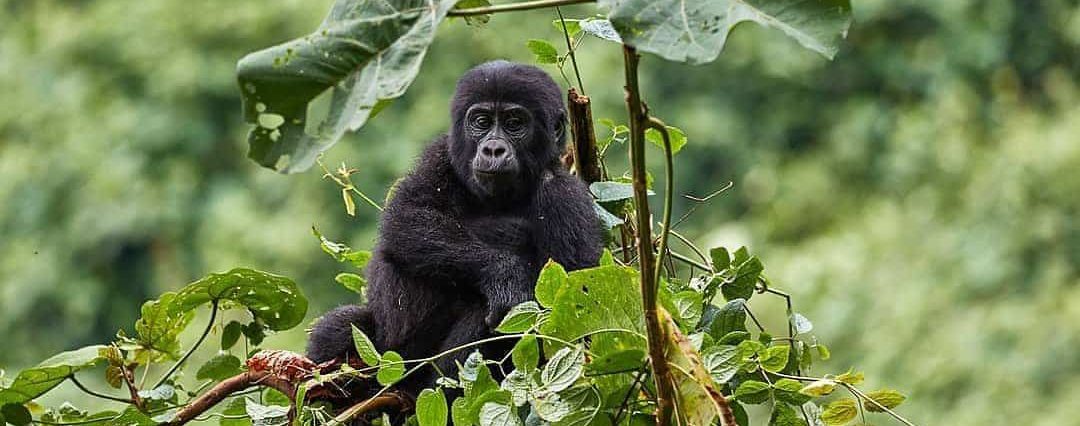Interesting Facts about Lake Victoria
Lake Victoria is a popular tourist destination. Here are some quick facts about the lake. Lake Victoria is one of Africa’s Great Lakes. It is a lake with great cultural and historical relevance, with many communities depending on it for food, water, and even transport. Here are some interesting facts about Lake Victoria.
1. The name
Victoria is a colonial name given to the lake by a British explorer. The name is supposed to be in honor of Queen Victoria under whose reign the British greatly expanded their colonial empire. The lake was previously called Nam Lolwe (Luo), Nalubaale (Luganda), and Lake Nyanza. There is a slow-growing movement to revert back to the native name(s) for the lake.
2. Area
The lake has an area of 59,947 square kilometers. This makes it Africa’s largest lake by area. Furthermore, it is the world’s largest tropical lake and the world’s second-largest freshwater lake by surface area after Lake Superior in North America. The lake’s area is divided amongst Kenya (6%), Tanzania (49%) and Uganda (45%).
3. Volume
The lake has a volume of about 2,424 cubic kilometers. This makes it the world’s ninth-largest continental lake.
4. Age
The lake is about 400,000 years old, which is quite young geologically.
5. Approximately 80% of the lake’s water comes from rain, and the other 20% comes from small streams flowing into the lake.
6. The lake has dried up completely several times in the past. The last time this happened was 17,300 years ago.
7. The Kagera River is the largest river that flows into the lake.
8. The White Nile flows out of the lake.
9. The lake has more than 3000 islands, most of which are uninhabited. Ssese Islands in Uganda, a large group of islands in the northwest of the Lake, are becoming a popular destination for tourists.
10. The lake is home to numerous animals including 500 fish species, the largest of any lake except Lake Malawi which has 700-1000 fish species. Lake Victoria has numerous mammals such as hippos, otters and mongooses, and reptiles such as crocodiles and turtles.
11. Approximately 30 million people live in the lake’s basin.
12. The lake faces several environmental issues such as an overgrowth of water hyacinth, overfishing, and pollution.
